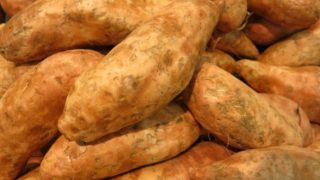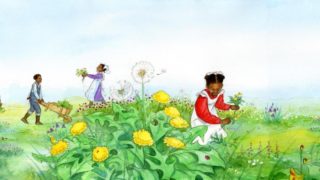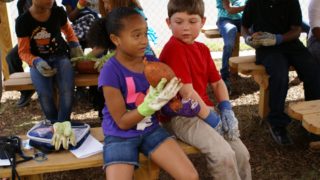Essential Questions
- How was life during George Washington Carver’s time different and similar to today?
- What were George Washington Carver’s contributions and how can we use them today?
Standards Addressed
- SS1H1a. Students will identify the contributions made by (various figures, including) George Washington Carver (science).
- SS1H1b. Students describe how everyday life of these historical figures is similar to and different from everyday life in the present (food, clothing, homes, transportation, communication, recreation).
- S1L1a. Students will identify the basic needs of a plant: air, water, light, nutrients.
- S1L1c. Students will identify the parts of a plant—root, stem, leaf, and flower.
- CCSS.ELA-LITERACY.L.1.1.E. Students will use verbs to convey a sense of past, present, and future.
Explorations
Recommended Resources
Online
- 7 Facts on George Washington Carver – http://www.biography.com/news/george-washington-carver-facts-national-peanut-month
- Carver’s Publication on Peanuts – http://aggie-horticulture.tamu.edu/fruit-nut/carver-peanut/
- Carver’s Publication on Sweet Potatoes – http://aggie-horticulture.tamu.edu/vegetable/additional-resources/carver-sweetpotatoes/
- Photos of Carver and his tools – https://www.nps.gov/museum/exhibits/tuskegee/gwcwagon.htm
- Brainpop Jr video – https://educators.brainpop.com/bp-jr-topic/george-washington-carver/
In the Garden with Dr. Carver
Author(s): Susan Grigsby
Publication Year: 2010
Sally is a young girl living in rural Alabama in the early 1900s, a time when people were struggling to grow food in soil that had been depleted by years of cotton production. One day, Dr. George Washington Carver shows up to help the grownups with their farms and the childr
What is a Scientist?
Author(s): Barbara Lehn
Publication Year: 1998
Simple text and full-color photographs depict children engaged in various activities that make up the scientific process: asking questions, noticing details, drawing what they see, taking notes, measuring, performing experiments, and more.
What is Science?
Author(s): Rebecca Kai Dotlich
Publication Year: 2006
What exactly is science? Stars and planets, rocks and soil, hurricanes and airplanes—science is all of these things and so much more. It's also about curiosity: asking questions and exploring possible answers.




